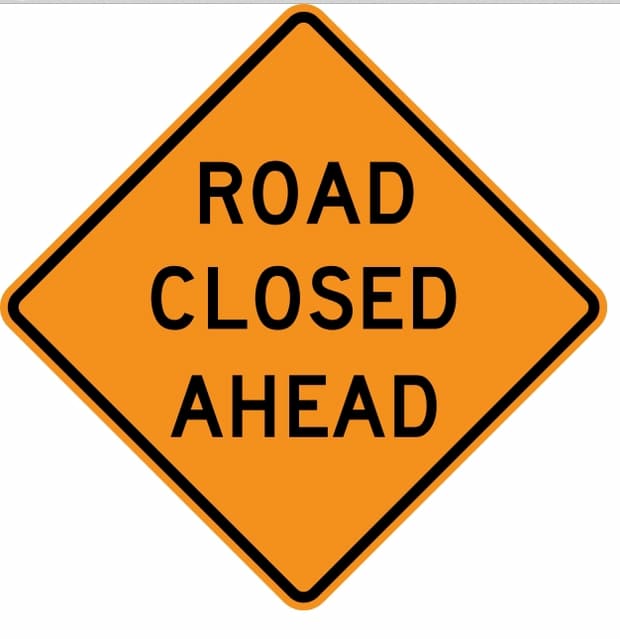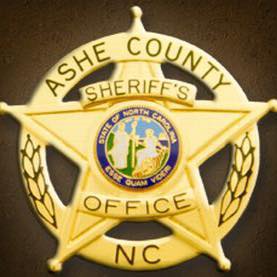
Last Updated on September 24, 2021 4:19 pm
The N.C. Wildlife Resources Commission will implement Delayed Harvest Trout Waters regulations on 36 trout waters on Oct. 1. Under Delayed Harvest Trout Waters regulations, no trout can be harvested or possessed from these waters between Oct. 1 and one half-hour after sunset on June 3, 2022. No natural bait may be possessed, and anglers can fish only with artificial lures with one single hook. An artificial lure is defined as a fishing lure that neither contains nor has been treated with any substance that attracts fish by the sense of taste or smell.
The Wildlife Commission stocks Delayed Harvest Trout Waters from fall through spring with high densities of trout to increase anglers’ chances of catching fish. Delayed Harvest Trout Waters, posted with diamond-shaped, black-and-white signs, are popular fishing destinations for anglers who enjoy catch-and-release trout fishing.
On Aug. 17, the Bobby N. Setzer State Fish Hatchery, which is the Commission’s largest trout hatchery, was severely impacted by flash flooding caused by Tropical Depression Fred. Although the hatchery remains operational, approximately 67% of all trout at the hatchery were lost. The agency is mitigating those losses by obtaining replacement trout from various sources. Although Delayed Harvest stockings are slated to occur as planned this October, hatchery staff are still addressing impacts of the damage to the facility and future stockings could be disrupted. Flood-related impacts and any changes to trout stockings will be posted on the agency’s website at ncwildlife.org/TroutUpdate.
Some trout waters may be closed by local cooperators due to COVID-19. Visit the agency’s COVID-19 webpage for an updated list of trout waters that have been closed by local cooperators.
While fishing, anglers should consider these minimal steps to help prevent the spread of aquatic nuisance species like gill lice, whirling disease and didymo:
- CLEAN equipment of all aquatic plants, animals and mud
- DRAIN water from boats, live wells and equipment
- DRY equipment thoroughly
- NEVER MOVE fish, plants or other organisms from one body of water to another
Learn more about aquatic nuisance species by visiting the Commission’s Aquatic Nuisance Species webpage.
For a complete list of Delayed Harvest Trout Waters, information on regulations and trout fishing maps, visit the Commission’s trout fishing page.

















